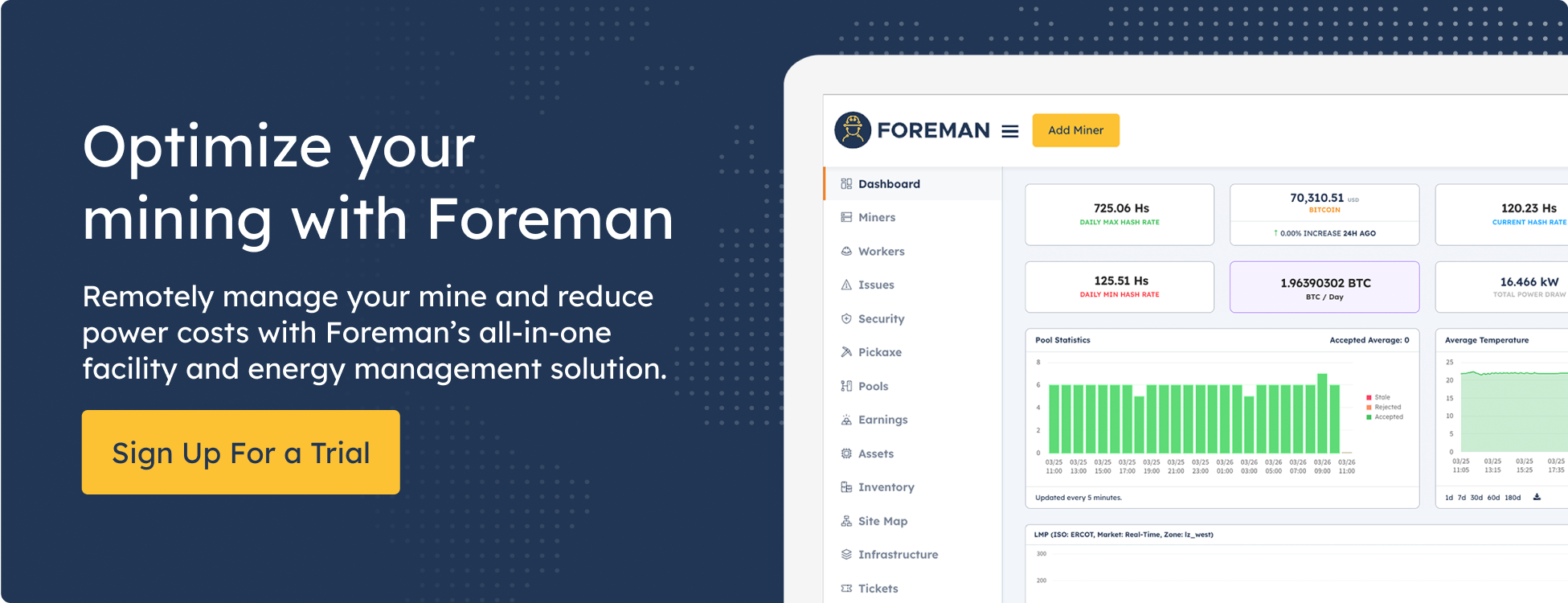In the world of energy production, the Nordic and Baltic regions stand out due to their wide range of generation methods. These regions are more than just picturesque, from wind turbines to solar panels juxtaposed against shimmering fjords and expansive forests. Yet, it's not merely about harnessing energy but also managing and balancing it. Demand Response (DR) assumes significance in this equilibrium, particularly within the scope of Frequency Containment Reserves (FCR).
Why is Demand Response crucial in these areas, particularly regarding Frequency Containment Reserve? Beyond the immediate allure of renewable energy sources like wind, hydro, and solar lies the challenge of grid stability — an oscillation between surplus and deficit that requires meticulous control. As both the Nordic and Baltic regions aspire to increase their renewable energy generation, the utility of DR in harmonizing the grid's supply and demand becomes undeniable.
Furthermore, Foreman has set a new industry standard by swiftly curtailing energy use in large-scale Bitcoin farms across the globe in just 5 seconds, contributing to an increased bottom line for our customers. To begin, let's explore the intriguing realm of power dynamics. Within this investigation, we will discover the vital role that Bitcoin miners play as unsung champions in maintaining seamless, quick responses to the electrical grid.
How Does FCR Work?
In our previous articles, we have delved into the workings of demand response (DR). However, it is crucial to understand that while DR follows a similar concept worldwide, there are regional variations and nuances to consider. In the Nordic and Baltic regions, maintaining grid stability in the face of renewable energy fluctuations relies heavily on Frequency Containment Reserves (FCR).

FCR operates on a rapid-response mechanism, quickly counteracting unexpected shifts in power generation caused by factors like sudden wind changes, cloudy weather, or shifts in demand response during extremely cold winters. Demand Response (DR) plays a crucial role in this context. Instead of relying solely on traditional methods like adjusting power plant output, DR involves a network of energy consumers ready to adapt their energy usage on short notice. It's a dynamic, two-way conversation facilitated by advanced technologies and communication systems between energy producers and consumers. Together, they help ensure the resilience of power systems in the Nordic, Baltic, and parts of Europe as they increasingly depend on renewable energy sources.
Locations and Markets for FCR
Nordpool
Nord Pool stands as Europe's leading power market, playing a pivotal role in the electricity trading landscape of the Nordic and Baltic regions. Originating in 1991 as a collaborative initiative between Norway and Sweden, it has since expanded its reach, incorporating Denmark, Finland, Estonia, Latvia, Lithuania, and the UK. The Nordpool platform offers both day-ahead and intraday markets, which are essential components in determining the price of electricity based on supply and demand dynamics. Producers and consumers are provided transparency and predictability through these markets, helping them make informed decisions about electricity usage and production.
Each participating country's Transmission System Operators (TSOs) play a role in this cooperative ecosystem. They relay vital information about available transmission capacities, ensuring the efficient flow of electricity across borders. To bridge this flow, Nord Pool acts as a trading platform and a crucial connector, harmonizing its member countries' energy policies.
What are TSOs?
A Transmission System Operator (TSO) is responsible for reliable and efficient electricity transmission through high-voltage networks. Like ISOs in the USA, TSOs focus on infrastructure rather than generating or selling electricity, providing the link between generators and distribution networks, which deliver power to consumers. TSOs are critical in maintaining grid stability by ensuring safe frequency and voltage levels. If imbalances occur between supply and demand, TSOs take corrective actions like activating reserve power, conducting maintenance, and integrating renewables.
Each country usually has its own TSO because energy systems, regulations, and policies are closely tied to national interests. A dedicated TSO addresses a nation's unique grid requirements and challenges, optimizing energy security and efficiency by considering local energy needs, resource availability, and grid conditions.
Listed Nordic and European TSOs
The Nordic countries are prominent players, with Sweden's Svenska kraftnät, Norway's Statnett, Finland's Fingrid, and Denmark's Energinet all employing the FCR mechanism. The Baltic states, comprising Estonia's Elering, Latvia's AST, and Lithuania's Litgrid, also participate in this cooperative effort.
Europe also embraced FCR. Germany manages its FCR through multiple TSOs, including TenneT, 50Hertz, Amprion, and TransnetBW. The Netherlands aligns its practices via TenneT, Belgium, with Elia, Austria through APG, and Switzerland under the guidance of Swissgrid. France, under RTE, also recognizes the importance of FCR, although its engagement might slightly deviate from the standardized cooperation model observed in other countries.

Types of FCR
Frequency Containment Reserves (FCR) are integral components of the power system that ensure grid frequency remains within acceptable ranges. Different types of FCR are tailored to respond to various frequency deviations. Here's a breakdown of the essential types:
Frequency Containment Reserve for Normal Operation (FCR-N):
This reserve manages smaller, regular deviations from the grid's nominal frequency (typically around 50 Hz in many parts of the world). It aims to keep the frequency within a standard range, between 49.9 Hz and 50.1 Hz.
FCR-N is symmetrical, meaning it must increase (up-regulation) and decrease (down-regulation) power. Up-regulation could involve boosting power production or diminishing consumption, while down-regulation might mean cutting or elevating consumption.
Frequency Containment Reserve for Disturbances (FCR-D):
FCR-D is activated when more significant frequency deviations push the frequency outside the standard range. Its goal is to confine the frequency deviation to pre-defined thresholds, like 49.5 Hz or 50.5 Hz.
Unlike FCR-N, FCR-D is divided into distinct upregulation (FCR-D up) and downregulation (FCR-D down) products. Their activation is swift, often within seconds, to counteract significant frequency disturbances.
Both types of FCR are essential for maintaining a reliable and stable power grid, especially as more variable renewable energy sources, like wind and solar, are integrated. These renewable sources can introduce fluctuations in power generation, making FCR even more crucial in the modern energy landscape.
How Foreman Provides a Solution
Frequency Containment Reserves (FCR) are vital for maintaining the stability of power grids, especially with the increasing integration of renewable energy sources. Foreman's advanced management system streamlines this process, allowing large mining sites to adjust energy use instantly, proving invaluable in today's energy landscape.
The variability of renewables heightens the need for frequency regulation. In context, solutions like FCR, enhanced by platforms like Foreman, play a crucial role in bolstering stability for local networks during the transition to renewable energy. Enrolling in FCR programs requires both technical prowess and substantial upfront investments. Due to the high barriers to entry, smaller players are often sidelined. However, Foreman bridges this gap by equipping users with the needed tools. Foreman enhances grid stability and allows participants to tap into potentially massive increased revenue and bottom line.


